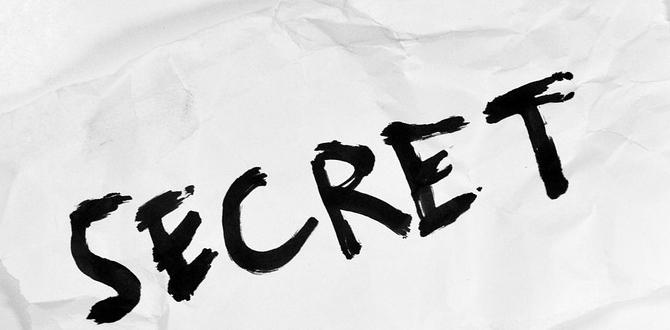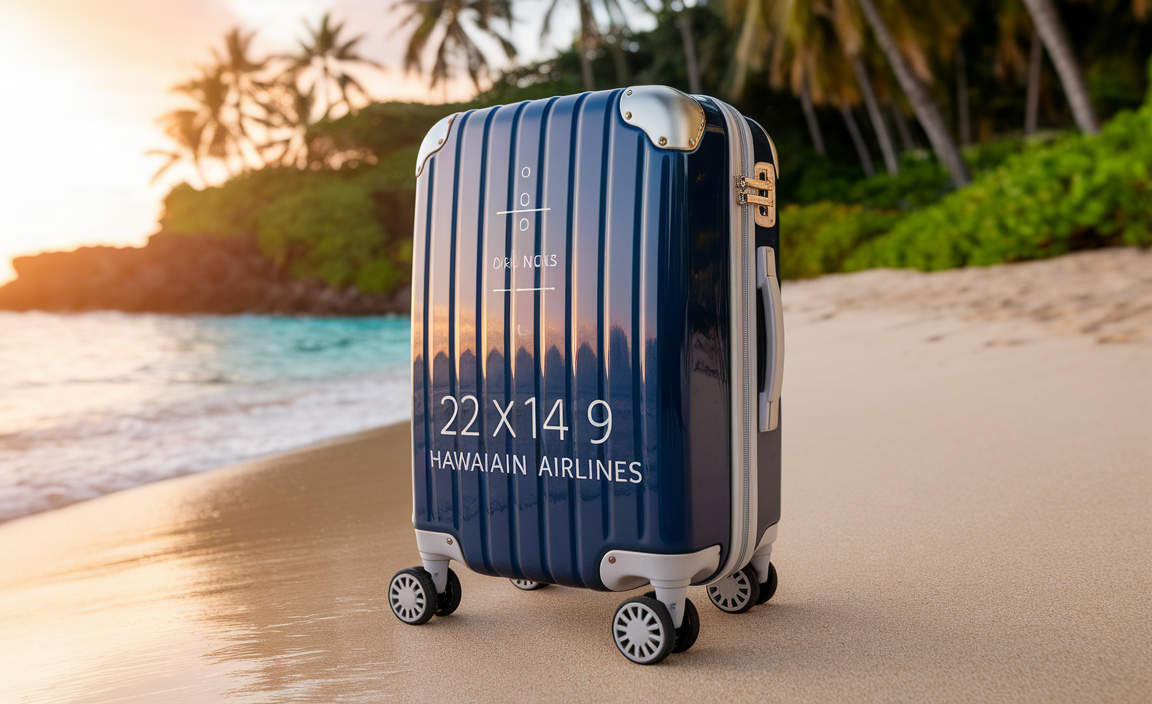Blue Mountains public transport is easy to navigate with this quick cheat sheet! Get essential tips on trains, buses, and travel cards to explore the stunning Blue Mountains region of NSW, Australia, without any hassle. This guide provides practical advice for a stress-free and enjoyable trip.
Dreaming of majestic waterfalls, breathtaking lookouts, and vibrant bushland? The Blue Mountains are a jewel near Sydney, offering an escape into nature. But getting around can feel a little daunting if you’re not familiar with the public transport system. Don’t let travel logistics dim your adventure! This guide is your friendly roadmap to navigating the Blue Mountains like a local, ensuring you can reach all the must-see spots comfortably and affordably.
We’ll break down the best ways to travel, so you can focus on soaking in the incredible scenery. Forget confusing timetables and missed connections; we’ve got the essentials to make your journey smooth sailing – or rather, smooth train and bus rides!
Navigating the Blue Mountains by Public Transport: Your Essential Cheat Sheet
The Blue Mountains, a UNESCO World Heritage site, is a spectacular natural playground just a short trip from Sydney. While many visitors imagine driving, the region’s public transport network is surprisingly efficient and offers a fantastic way to experience its beauty without the stress of parking or navigating winding roads.
This cheat sheet is designed to equip you with all the knowledge you need for a seamless travel experience, whether you’re a solo explorer, a family with young adventurers, or a couple seeking a romantic getaway. We’ll cover everything from getting to the mountains to getting around once you’re there, ensuring comfort and reliability every step of the way.
Getting to the Blue Mountains from Sydney
The most common and convenient way to reach the Blue Mountains from Sydney is by train. It’s not only affordable but also offers stunning views as you ascend the western slopes of the Great Dividing Range.
The Train Adventure
Regular train services run from Sydney’s Central Station directly to many of the popular Blue Mountains towns. The journey is part of the experience, offering glimpses of the changing landscape.
- Departure Point: Sydney Central Station is the main hub. You can also catch the train from other city stations like Town Hall, Wynyard, or Strathfield.
- Destination Stations: Key stations include Wentworth Falls, Leura, Katoomba, Berambla, and Mount Victoria. Katoomba is the largest town and a central point for many attractions.
- Frequency: Trains are frequent, typically running at least hourly, and more often during peak times.
- Duration: The journey from Sydney Central to Katoomba takes approximately 2 hours.
- Cost: Fares are very reasonable, especially with an Opal card. Check Transport NSW for current fare information.
Payment and Travel Cards
To make your travel seamless, it’s best to use an Opal card or a contactless credit/debit card. These are much more convenient than buying single tickets, especially for multiple journeys.
- Opal Card: This is a reusable smartcard you can top up and use for trains, buses, ferries, and light rail across Sydney and its surrounds, including the Blue Mountains. You can purchase an Opal card at most convenience stores, newsagents, and Opal service centres. Alternatively, you can use your contactless credit or debit card, or a smartphone with integrated payment.
- Contactless Payment: Simply tap your contactless card or device on the reader at the start and end of your journey. The system automatically calculates the fare, often offering daily and weekly fare caps similar to Opal.
- Benefits: Using registered Opal cards or contactless payments often comes with benefits like cheaper fares compared to single paper tickets and potential daily/weekly fare caps, meaning you won’t pay more than a certain amount per day or week, no matter how much you travel.
Getting Around the Blue Mountains
Once you’ve arrived in the Blue Mountains, getting to specific lookouts, trailheads, and villages is often best done via local buses or by exploring on foot. The bus services connect the main towns and some key tourist attractions.
Blue Mountains Bus Services
Local buses are your lifeline for reaching attractions not located directly in a town centre. They are run by various operators under the Transport NSW umbrella. The most crucial service for tourists is the Blue Mountains Explorer Bus, but local services also play a vital role.
The All-Important 428 Bus for Echo Point
If you’re heading to the iconic Three Sisters and Echo Point lookout from Katoomba, the 428 bus is your best friend. It’s a short, frequent service that connects Katoomba town centre directly to this must-see destination.
- Route: The 428 typically runs from Katoomba station and passes through the main street (Katoomba Street) before heading up to Echo Point.
- Frequency: Buses are generally frequent, especially during peak tourist seasons and daylight hours.
- Travel Time: The trip from Katoomba station to Echo Point is very short, usually around 5-10 minutes.
- Payment: You can use your Opal card or contactless payment here as well.
Other Key Bus Routes to Know
Depending on where you are staying and what you want to see, other bus routes can be incredibly useful:
- Bus 685 (Katoomba to Blackheath): This route connects Katoomba with the charming village of Blackheath, offering access to lookouts like Govetts Leap and the start of the Grand Canyon track.
- Bus 698 (Katoomba to Medlow Bath, Mount Kuring-gai, and Leura): This route can be handy for exploring areas between these towns.
- Local Services: Many other local services connect smaller villages. It’s always a good idea to check the timetable for your specific needs.
Walker-Friendly Routes and Walking Options
The Blue Mountains is a walker’s paradise, and many key areas are best explored on foot. Once you’re in a town like Katoomba or Leura, many attractions are within walking distance, or very short bus rides away.
- Katoomba Town Centre: From Katoomba station, you can walk to cafes, shops, and the start of the 428 bus route to Echo Point.
- Echo Point: From Echo Point, you can walk down to the Three Sisters, but be prepared for a steep climb back up! There are numerous walking tracks accessible from this area for various fitness levels.
- Circular Walks: Many trails are designed as loops, meaning you start and end at the same point, making them easy to navigate.
- Leura Mall: If you alight at Leura station, the main street (Leura Mall) is a picturesque walk with boutique shops, galleries, and cafes. You can also walk to some lookouts from here.
Essential Travel Tips for Blue Mountains Public Transport
To ensure your trip is as smooth and enjoyable as possible, here are some practical tips:
Planning is Key
- Download Transport NSW Apps: The transportnsw.info website and its associated apps are invaluable. They provide real-time train and bus schedules, journey planners, and service updates.
- Check Timetables: While services are frequent, especially to main hubs, it’s always wise to check the latest timetables, particularly if you plan to travel during off-peak hours, weekends, or public holidays. Bus frequencies can decrease significantly outside of core hours.
- Familiarize Yourself with Stations: Know your destination station (e.g., Katoomba, Leura) and its proximity to your accommodation or planned activities.
Comfort and Preparedness
- Wear Comfortable Shoes: You’ll likely be doing a lot of walking, especially to reach lookouts and trailheads.
- Pack for All Weather: The Blue Mountains weather can change rapidly. Layers are essential, and always carry a waterproof jacket. Even on a sunny day, it can be significantly cooler than Sydney.
- Stay Hydrated and Bring Snacks: Especially important if you’re planning hikes. While towns have amenities, you might be a bus ride or a walk away from the nearest shop when you’re out exploring lookouts.
- Bring a Portable Charger: You’ll be using your phone for navigation, photos, and checking times, so a portable charger can be a lifesaver.
Accessibility Considerations
Transport NSW is committed to making travel accessible. Most trains in the Sydney and Blue Mountains network are accessible, and many buses are fitted with ramps or have low floors. However, it’s always a good idea to check specific service accessibility if you have particular needs.
- Station Access: Major stations like Katoomba and Leura usually have good accessibility, but smaller stations might have stairs.
- Bus Ramps: Most modern buses are low-floor and equipped with ramps. Drivers are usually happy to assist in deploying them.
- Pre-Travel Checks: For specific inquiries, contacting Transport NSW directly or checking their website for accessibility information for your planned routes is recommended.
Your Blue Mountains Itinerary Inspiration
Here’s a sample itinerary showing how you can use public transport effectively:
Day 1: Katoomba & The Three Sisters
- Morning: Train from Sydney Central to Katoomba.
- Late Morning: Check into accommodation or leave luggage. Walk around Katoomba town centre.
- Lunch: Enjoy a cafe lunch in Katoomba.
- Afternoon: Take the 428 bus to Echo Point. Explore the Three Sisters lookout and short walking tracks around the area (ānble steps down towards the first sister are optional and steep).
- Late Afternoon: Bus 428 back to Katoomba.
- Evening: Dinner in Katoomba.
Day 2: Leura & Scenic World
- Morning: Train from Katoomba to Leura (or walk if you’re up for it and have time).
- Late Morning: Explore Leura Mall’s charming shops and galleries.
- Lunch: Lunch in Leura.
- Afternoon: From Leura station, it’s a moderate walk (or a short taxi/rideshare if available) to Scenic World. Enjoy the Scenic Railway, Skyway, and Walkway. Alternatively, you can take the 428 bus from Katoomba to a stop closer to Scenic World, depending on the precise route and your starting point.
- Late Afternoon: Bus back to Katoomba OR train from Leura back to Sydney.
Day 3: Blackheath and Beyond
- Morning: Train from Katoomba to Blackheath.
- Late Morning: Explore Blackheath village. Take a bus (e.g., 685) or a taxi to Govetts Leap Lookout for spectacular views.
- Lunch: Enjoy lunch in Blackheath.
- Afternoon: Depending on your time and energy, consider a short walk from Govetts Leap or explore other lookouts accessible by bus/taxi.
- Late Afternoon: Train from Blackheath back to Sydney.
Comparing Transport Options in the Blue Mountains
Let’s break down the pros and cons of the primary ways to get around:
| Transport Method | Pros | Cons | Best For |
|---|---|---|---|
| Train (Sydney to Blue Mountains) | Affordable, scenic, comfortable, reliable, reduces parking stress, good for reaching main towns. | Limited to stations; requires further transport to specific lookouts/trails not near stations. | Getting to and from Sydney; reaching towns like Katoomba, Leura, Blackheath. |
| Local Buses (e.g., 428) | Connects towns to key attractions (Echo Point), affordable with Opal/contactless, frequent on popular routes. | Limited coverage in very remote areas, can be less frequent outside peak hours, requires checking schedules. | Reaching specific lookouts like Echo Point from Katoomba; connecting between nearby towns. |
| Walking | Free, healthy, allows immersion in nature, access to hidden gems and smaller trails. | Requires good fitness for some trails, weather-dependent, can be time-consuming, requires navigation. | Exploring town centres, trailheads, and shorter scenic walks from lookouts. |
| Blue Mountains Explorer Bus (Paid Hop-on/Hop-off) | Specifically designed for tourists, covers many key attractions, commentary often provided, convenient for hitting multiple spots. | More expensive than standard public transport, fixed route, may not go to every single desired lookout. | Tourists wanting a comprehensive overview of major sights with minimal planning. |
| Taxi/Rideshare | Door-to-door service, convenient for specific needs or groups, available on demand (though availability can vary). | Most expensive option, need to book in advance in quieter areas, reliability can vary. | Transfers to / from accommodation without public transport access, getting to remote trailheads for groups. |
Official Resources and Further Information
For the most up-to-date and official information, always refer to the following:
- Transport NSW: The central authority for all public transport in NSW. Their website (transportnsw.info) is your go-to for timetables, journey planning, fares, and Opal card information.
- Blue Mountains Tourism: For information on attractions, walks, and local events, visit the official Blue Mountains tourism website. While they might not detail transport timetables, they will highlight which attractions are accessible via public transport.
FAQs
Q: Is it easy to use public transport in the Blue Mountains?
A: Yes, it’s quite straightforward, especially if you’re familiar with Sydney’s public transport system. Trains connect the main towns, and key bus routes link towns to major attractions like Echo Point. Using an Opal card or contactless payment makes it very simple.
Q: Can I visit the Three Sisters using public transport?
A: Absolutely! The most popular way is to take the train to Katoomba and then catch the frequent 428 bus service directly to Echo Point, which is the primary viewing platform for the Three Sisters.
Q: Do I need an Opal card?
A: You don’t strictly need an Opal card. You can use your contactless credit or debit card, or even your smartphone with an integrated payment app, to tap on and off. This often provides similar benefits to an Opal card, like fare capping. However, if you plan to travel extensively or want to manage your fares specifically, an Opal card is a great option.
Q: What is the cheapest way to travel around the Blue Mountains?
A: The cheapest way is generally by using public buses and trains with an Opal card or contactless payment. Walking is free and a great way to explore areas within towns or from trailheads. The Blue Mountains Explorer Bus.






